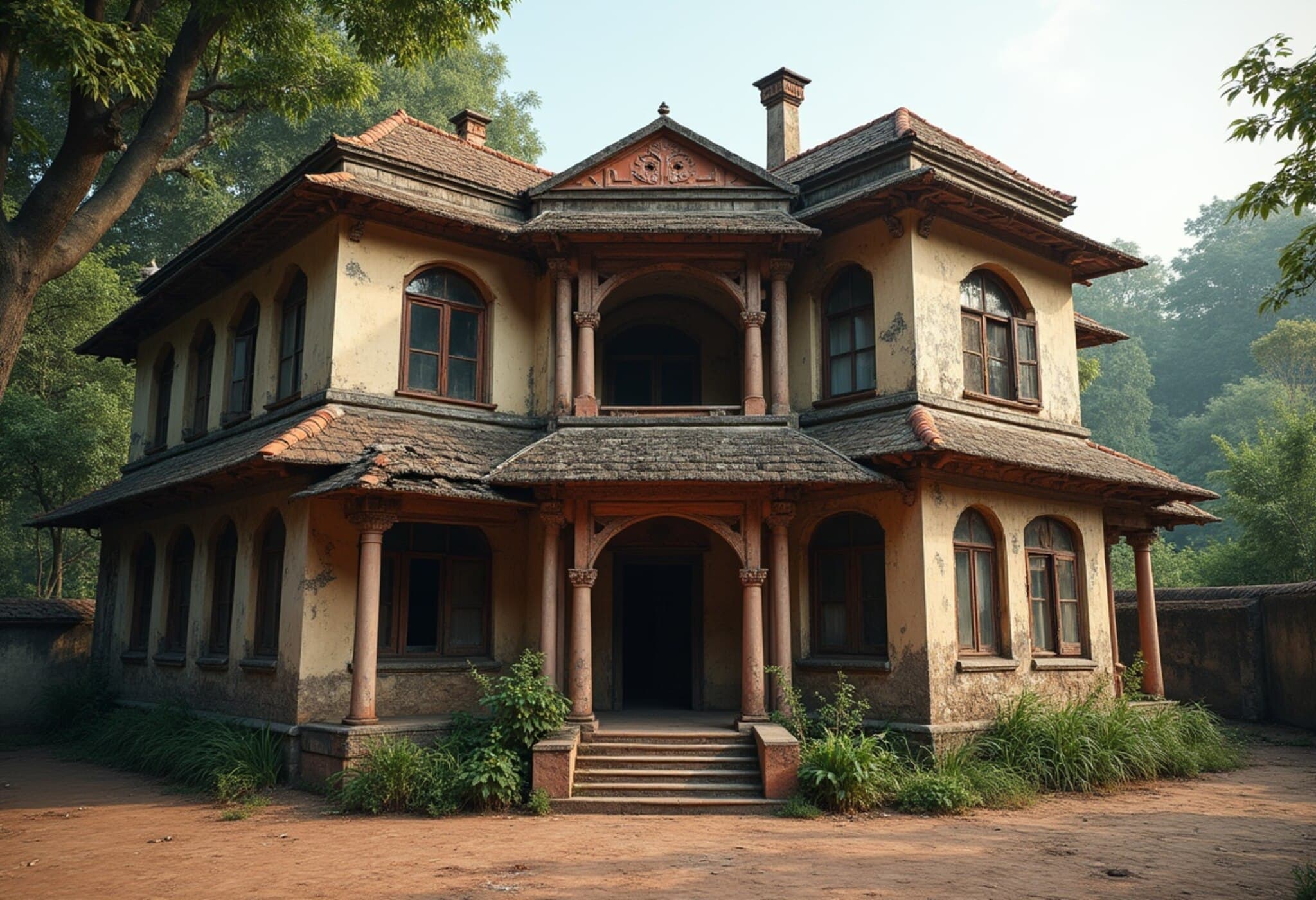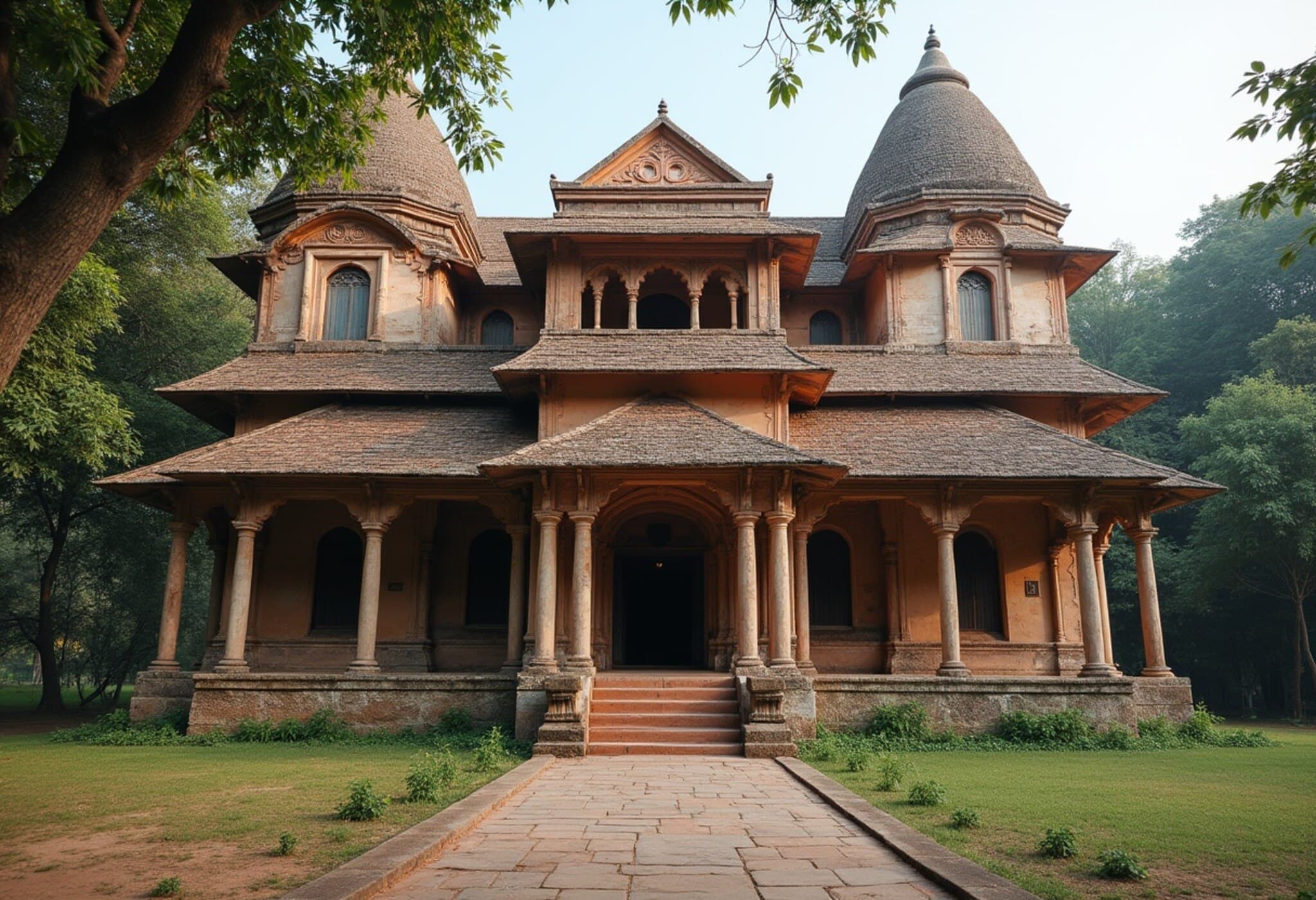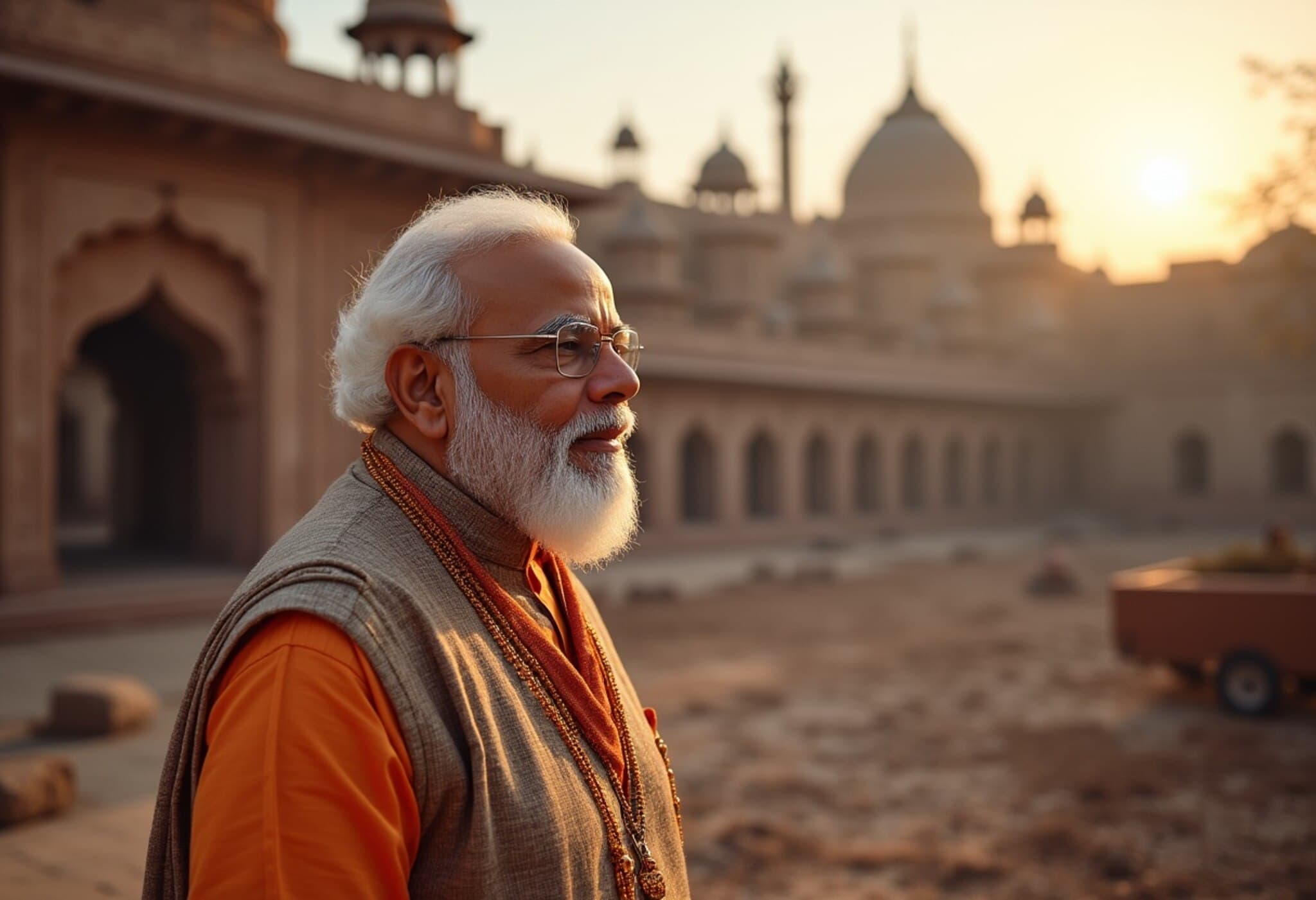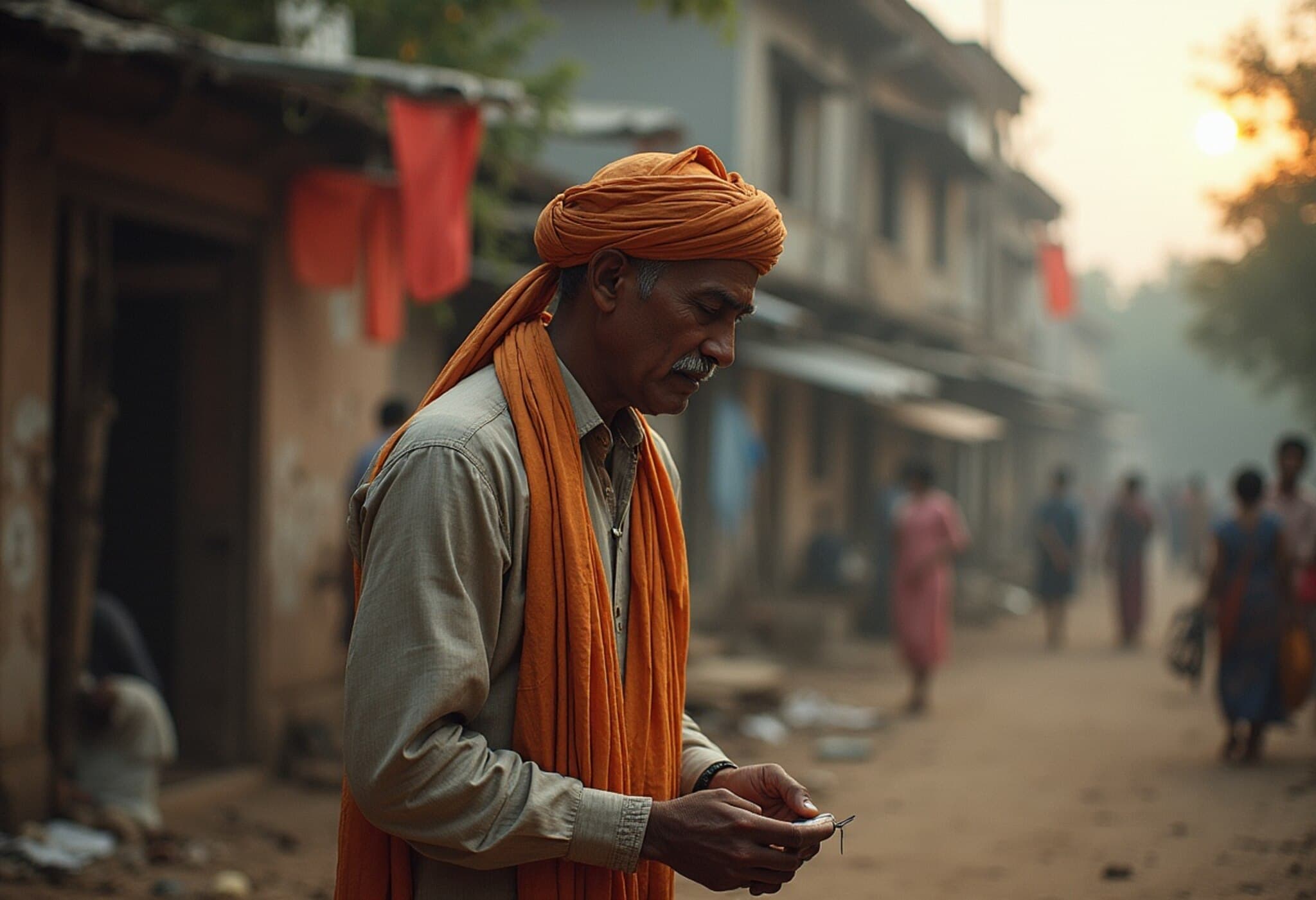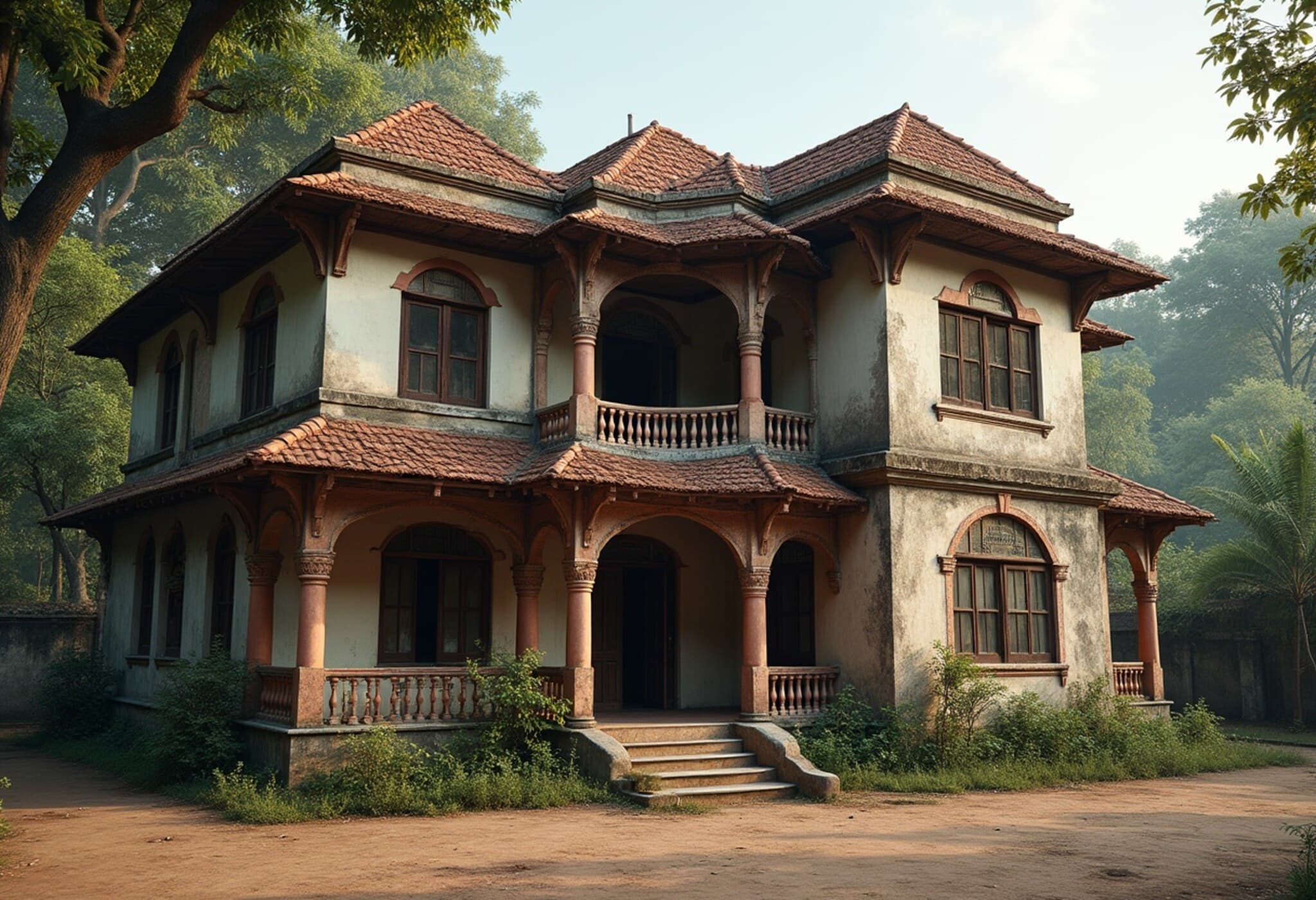Vandalism Strikes Rabindranath Tagore's Ancestral Home in Bangladesh
In Shahzadpur, within Bangladesh’s Sirajganj district, the cherished historic mansion known as Kachharibari, once owned by Nobel laureate Rabindranath Tagore, recently suffered damage following a heated dispute. The incident unfolded when a visitor clashed with museum staff over a motorcycle parking fee, escalating to an alleged confinement and assault of the visitor at the entrance of the Rabindra Memorial Museum.
The altercation ignited public outrage, which culminated in a protest human chain and later, a mob storming the museum premises. The auditorium sustained damage, and a senior museum official was reportedly attacked. Authorities have temporarily closed the museum and initiated a formal investigation. A three-member committee from the Department of Archaeology has been tasked with submitting their findings within five working days.
The Legacy of Kachharibari: A Cultural Treasure
A Glimpse into Tagore's Creative Sanctuary
Nestled amid the serene landscape of Shahzadpur, the two-storey Kachharibari stands as a majestic relic of Bengal’s literary and cultural heritage. This mansion was more than a family residence; it served as the heart of Rabindranath Tagore’s inspiration, where he composed many famed poems, plays, and short stories. The tranquility of this rural setting provided a stark contrast to urban life and helped cultivate some of his most enduring works.
A House Steeped in History
Originally acquired in 1840 by Dwarkanath Tagore, Rabindranath’s grandfather, the estate was purchased for a modest sum to function as the administrative center for the family’s zamindari holdings in East Bengal. Architecturally, the mansion exemplifies Indo-European styles with its seven main rooms, expansive corridors, and a large garden overlooking a river and open fields.
Tagore’s Deep Connection to Shahzadpur
Arriving for the first time in 1890 to oversee family estates, Tagore spent many summers immersing himself in the region’s agrarian life. His interactions with local farmers and exposure to rural challenges greatly influenced both his literary creations and social philosophy. In correspondence, he described Shahzadpur as an unmatched source of inspiration, where many poetic masterpieces and plays such as Sonar Tori, Chitra, and Bisarjan were conceived.
Moreover, his experiences here shaped his views on community-based agriculture and tenant farmer self-reliance—ideas later reflected in poignant stories like The Postmaster and Dui Bigha Jomi.
The Rabindra Memorial Museum: A Portal to Tagore’s Life
Following Tagore's death in 1941, Kachharibari was declared a protected archaeological site in 1969 and transformed into a museum honoring his legacy. Today, it houses a remarkable collection of over 300 artefacts including his personal belongings like spectacles, pens, and musical instruments such as a harmonium and piano. Visitors can also explore his paintings, letters, and historical photographs preserved within the site.
The addition of a 500-seat auditorium in 1999 provided space for cultural events, especially the annual Rabindra Festival held every 25th Boishakh—the poet’s birthday—featuring performances and scholarly discussions celebrating his contributions.
Ongoing Preservation Challenges
Despite restoration efforts, parts of the Kachharibari complex, including the original revenue office, suffer from neglect and deterioration. Issues such as cracked walls, fading displays, and instances of missing artefacts have raised alarm among historians and conservators.
Legal measures, including a High Court order in 2014 and reaffirmed in 2023, have aimed to curb unauthorized construction around the site and protect its cultural heritage. Still, preservation experts urge consistent funding, professional staffing, and comprehensive restoration plans to safeguard this invaluable treasure for future generations.


